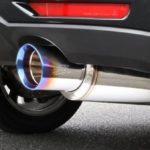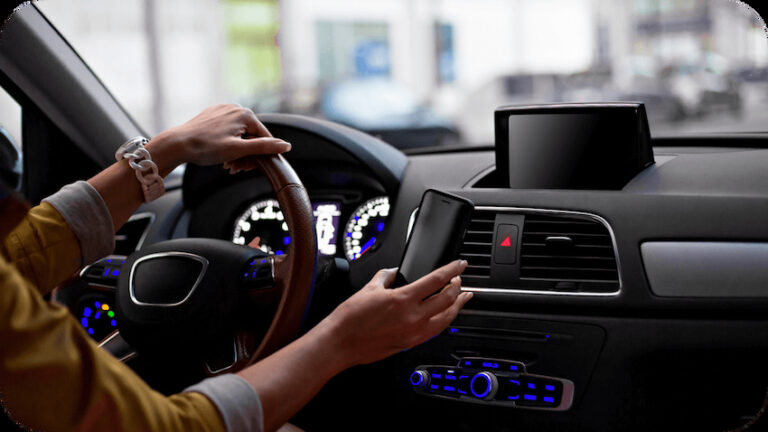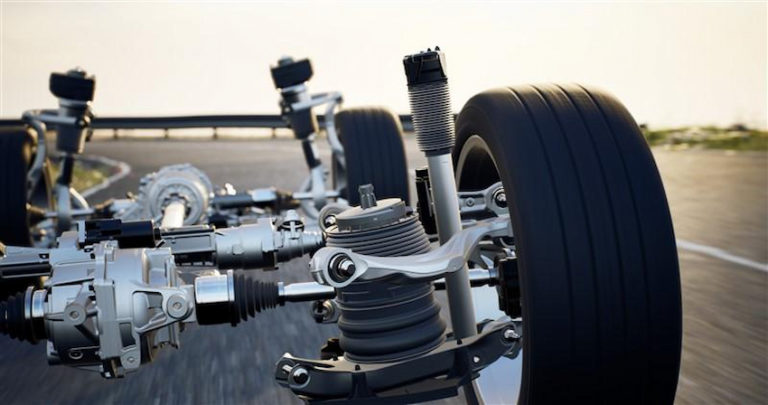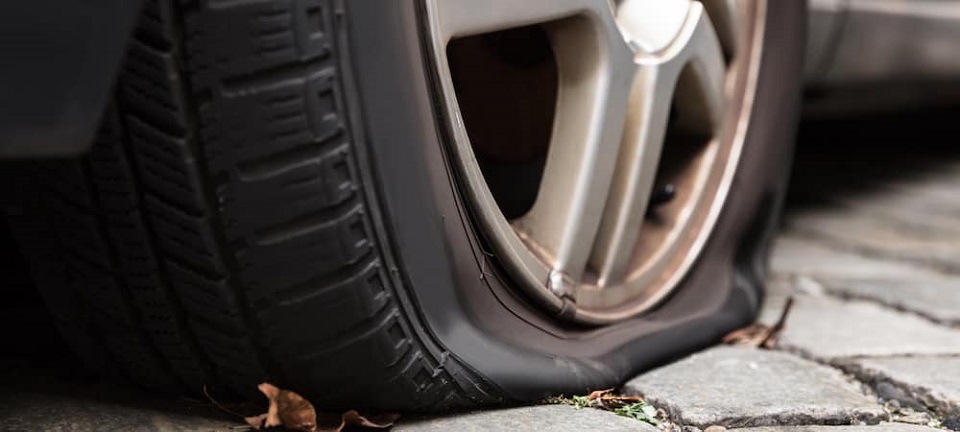
Your tyres’ pressure is one of the most important, yet underrated factors when it comes to safely driving your vehicle. Poorly inflated tyres not only impact safety but also performance, the carrying capacity, and longevity of your tyres. Not to mention the increase in travel time and cost as a result of worse mileage and tyre wear. So how do you make sure you always have the correct pressure? Easy – with wheel pressure sensors and monitoring systems.
So what are wheel pressure sensors and monitoring systems (also known as tyre pressure monitoring systems or TMPS)? A TPMS is a device that keeps track of your tyre’s pressure and alerts you of any changes of temperature and imbalances in pressure. You basically get an early indication of when something goes wrong. There are two basic types of tyre monitoring pressure systems, and they do the same thing but in a different fashion.
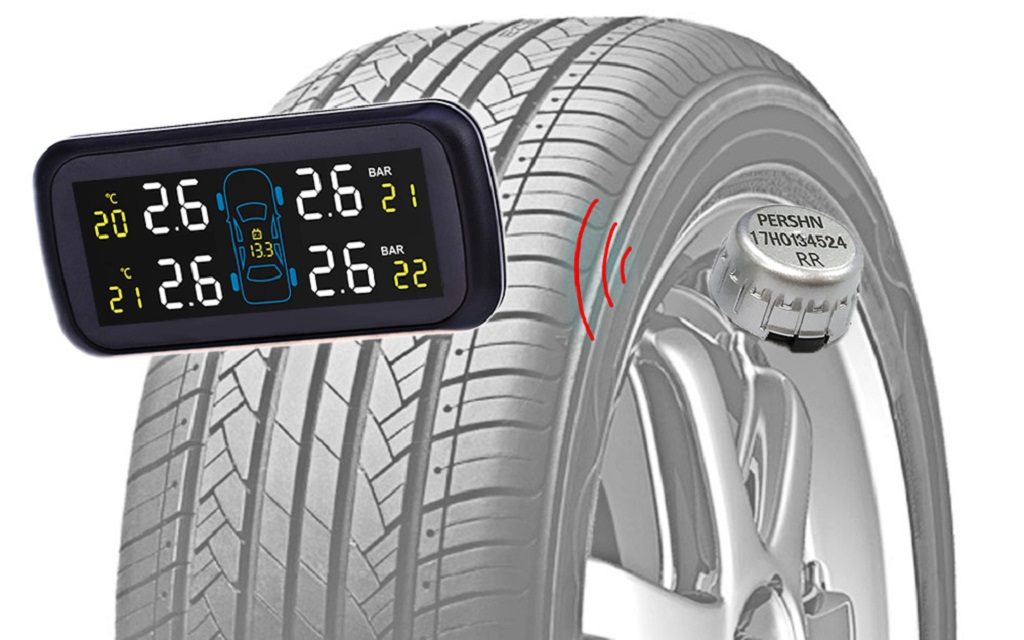
Indirect tyre pressure monitoring systems don’t utilise air pressure sensors inside the tyres, but instead, make an estimation based on the speed of your wheels through the ABS (anti-lock brake system). If the pressure of one tyre is decreased, it will naturally roll slower than the other tyres, and the dashboard indicator light will light up. This system, however, can be inaccurate as a warning may not trigger if all four tyres lose pressure at the same time.
Direct tyre pressure monitoring systems, on the other hand, use individual sensors inside the tyres to transmit data, similarly to a radio signal. A central control module receives all the information about the temperature and the pressure from the sensors, analyses the information and warns you if there are issues. Every sensor has a battery with a limited lifespan, so you may need to charge them or replace them. If you change a sensor, you’ll have to reprogram the control module in order to get accurate information.
That being said, tyre pressure monitoring systems are a worthwhile investment that has many benefits. As aforementioned, the benefits include properly inflated tyres, which results in improved safety and more reliable braking. You also reduce the fuel consumption rate of your vehicle, meaning you optimize driving performance, resulting in a reduction of carbon-dioxide emissions. And lastly, you get longer-lasting tyres, so you basically spend money on the TPMS but save money by not having to replace your tyres as frequently in the long term. All of this, plus the fact that a TPMS is a legal requirement makes it so that there’s no excuse why you shouldn’t have one.




